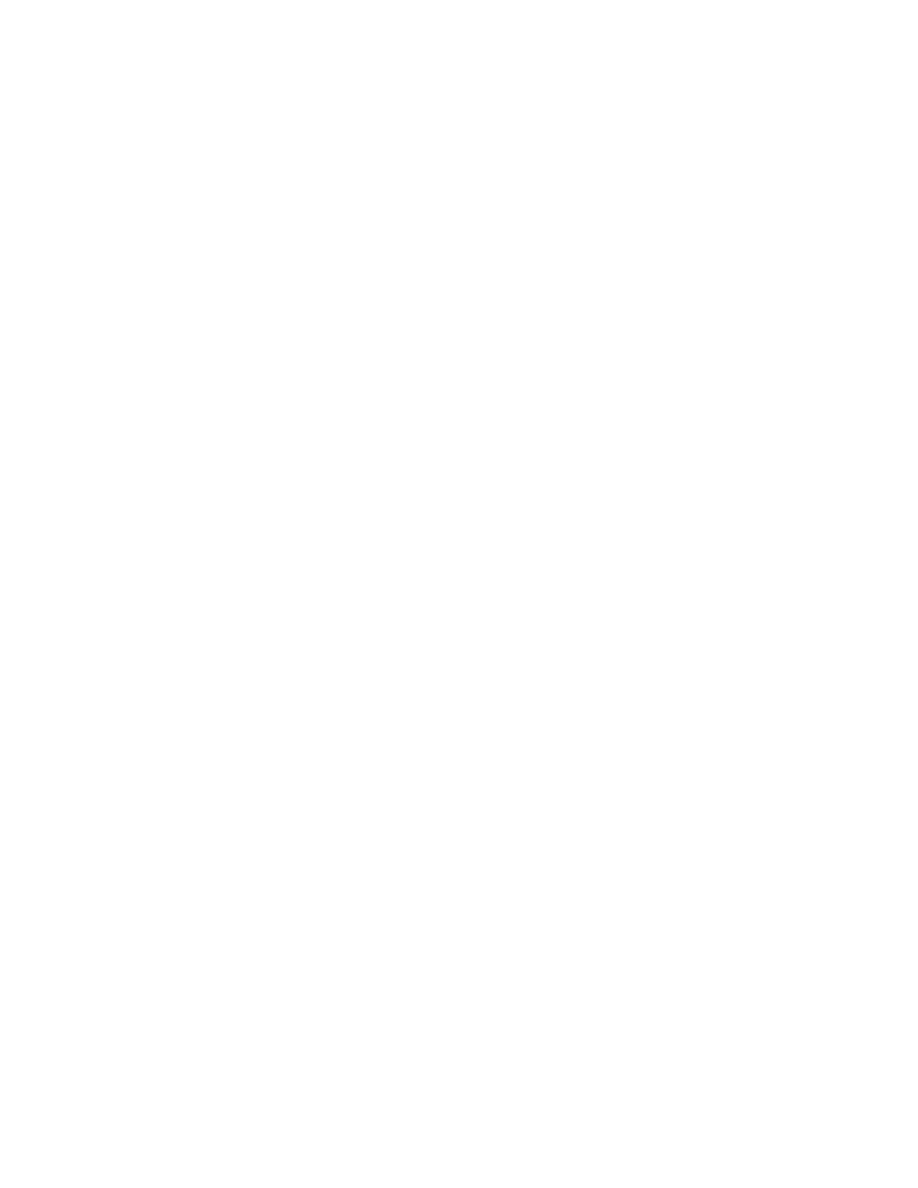Cavalier/Z24 L4-144 2.4L DOHC VIN T SFI (1996)

^
The fuel pump check valve.
^
The fuel pump flex pipe.
^
The valve or valve seat within the fuel pressure regulator.
^
The fuel injector(s).
4. Fuel pressure that drops-off during acceleration, cruise or hard cornering may cause a lean condition. A lean condition can cause a loss of power,
surging, or misfire. A lean condition can be diagnosed using a scan tool. If an extremely lean condition occurs, the oxygen sensors will stop
toggling. The oxygen sensor output voltage(s) will drop below 500 mV. Also, the fuel injector width will increase.
NOTE: Make sure the fuel system is not operating in the Fuel Cut-Off Mode. This can cause false indications by the scan tool.
7. When the engine is at idle, the manifold pressure is low (high vacuum). This low pressure (high vacuum) is applied to the fuel pressure regulator
diaphragm. The low pressure (high vacuum) will offset the pressure being applied to the fuel pressure regulator diaphragm by the spring inside
fuel pressure regulator. When this happens, the result is lower fuel pressure. The fuel pressure at idle will vary slightly as the barometric pressure
changes, but the fuel pressure at idle should always be less than the fuel pressure noted in Step 2 with the Engine OFF.
11. A rich condition may result from the fuel pressure being above 325 kPa (47 psi). A rich condition may cause a DTC P0132 or a DTC P0172 to set.
Driveability conditions associated with rich conditions can include hard starting (followed by black smoke) and a strong sulfur smell in the
exhaust.
12. This test determines if the high fuel pressure is due to a restricted fuel return pipe or if the high fuel pressure is due to a faulty fuel pressure
regulator.
15. A lean condition may result from the fuel pressure being below 284 kPa (41 psi). A lean condition may cause a DTC P0131 or a DTC P0171 to
set. Driveability conditions associated with lean conditions can include hard starting (when the engine is cold), hesitation, poor driveability, lack of
power, surging, and misfiring.
16. Restricting the fuel return pipe causes the fuel pressure to rise above the regulated fuel pressure. Using a scan tool to pressurize the system, the
fuel pressure should rise above 325 kPa (47 psi) as the gage outlet hose is pinched.
22. Check the spark plug associated with a particular fuel injector for fouling or saturation in order to determine if that particular fuel injector is
leaking.
24. The fuel pressure regulator filter screen is designed to trap any contaminants introduced during engine assembly. If the fuel pressure regulator
screen is dirty, it can be removed with a small pick and discarded without potential harm to the fuel pressure regulator.
